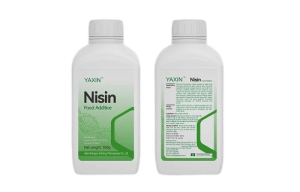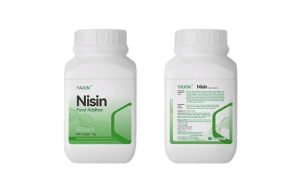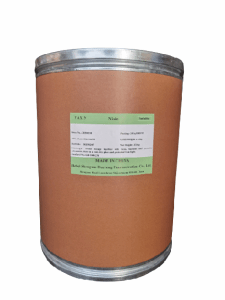
 CONTACT
CONTACT
- Linkman:Linda Yao
- Tel: +8618231198596
- Email:linda.yao@dcpharma.cn
- Linkman:CHARLES.WANG
- Department:Overseas
- Tel: 0086 0311-85537378 0086 0311-85539701
ε-Polylysine Hydrochloride Import Price,Synergistic Effect
TIME:2025-01-03ε-Polylysine hydrochloride is a novel food preservative with broad-spectrum antimicrobial properties, heat resistance, strong water solubility, a wide pH range for use, and high safety. It can be used alone or in combination with other food additives, yielding significant synergistic effects. Below is a detailed analysis of the synergistic enhancement of ε-polylysine hydrochloride with other food additives.
I. Principle of Synergistic Enhancement
ε-Polylysine hydrochloride can exert a synergistic effect with other food additives in inhibiting microorganisms, mainly due to their interaction mechanisms. When ε-polylysine hydrochloride is used in combination with other preservatives or antimicrobial agents, it enhances microbial inhibition through different modes of action or target sites. This not only increases the antimicrobial activity but also broadens the antimicrobial spectrum, thereby better protecting food quality and safety.
II. Types of Food Additives with Synergistic Enhancement
1. Acetic Acid:
·Function: Acetic acid is an organic acid with broad antimicrobial properties.
·Synergistic Effect: When combined with ε-polylysine hydrochloride, it significantly enhances the inhibitory effect on microorganisms.
2. Ethanol:
·Function: Ethanol is a commonly used food preservative with inhibitory effects on various microorganisms.
·Synergistic Effect: Combined with ε-polylysine hydrochloride, ethanol further enhances antimicrobial activity.
3. Glycine:
·Function: Glycine is an amino acid with some antimicrobial properties.
·Synergistic Effect: When used in combination with ε-polylysine hydrochloride, it produces better antimicrobial effects.
4. Organic Acids:
·Function: Organic acids such as citric acid and lactic acid have a broad antimicrobial spectrum and low toxicity.
·Synergistic Effect: When paired with ε-polylysine hydrochloride, they expand the antimicrobial range and enhance the inhibitory effect.
5. Vitamins:
·Function: Certain vitamins, such as vitamin C, have antioxidant and antimicrobial properties.
·Synergistic Effect: When used together with ε-polylysine hydrochloride, vitamins can enhance the food’s antioxidant capacity and antimicrobial ability.
III. Application Examples of Synergistic Enhancement
In practical applications, the synergistic effect of ε-polylysine hydrochloride with other food additives has been widely used. For example, it is added to meat products, canned foods, beverages, and other food items in combination with other preservatives (such as acetic acid or ethanol) to extend shelf life and enhance food safety. Additionally, in fruit and vegetable preservation, ε-polylysine hydrochloride can also be combined with other preservatives (such as antioxidants or plant extracts) to improve preservation effects and extend shelf life.
IV. Conclusion
The synergistic effect of ε-polylysine hydrochloride with other food additives provides a new solution for food preservation and freshness. By rationally combining and using these additives, not only can the antimicrobial activity and preservation effects be enhanced, but it also meets consumer demands for food safety and health.
- Tel:+8618231198596
- Whatsapp:18231198596
- Chat With Skype







